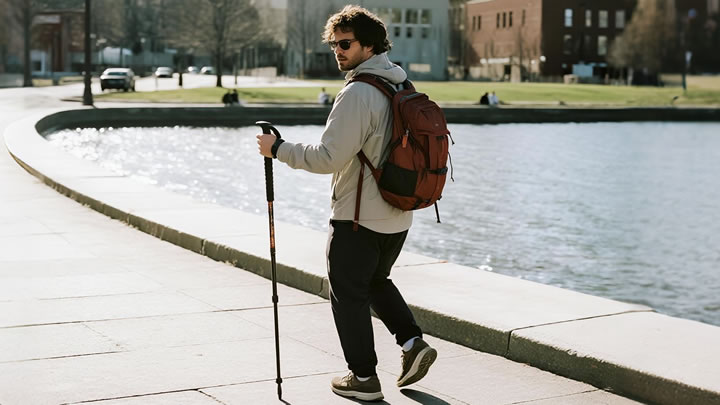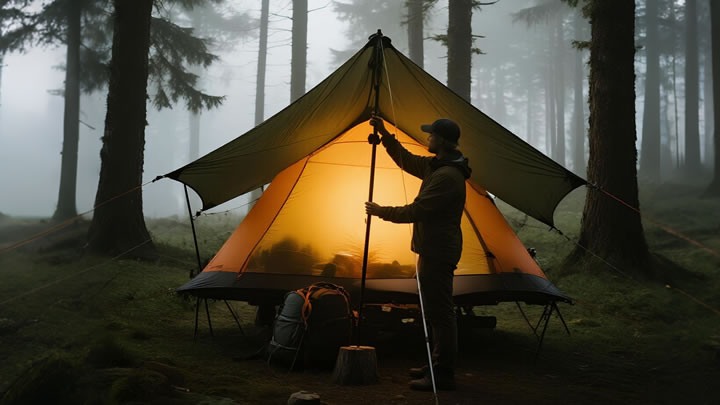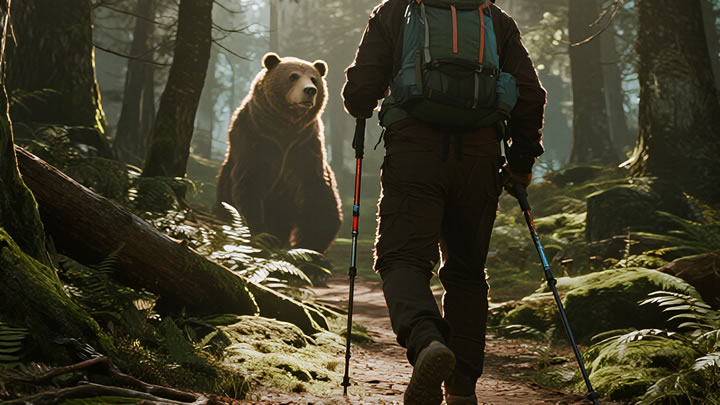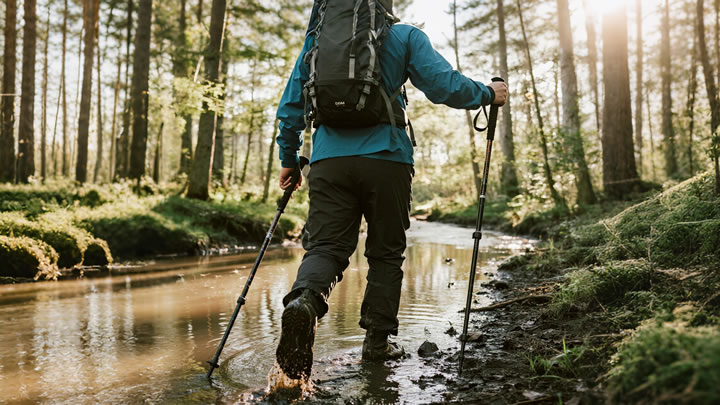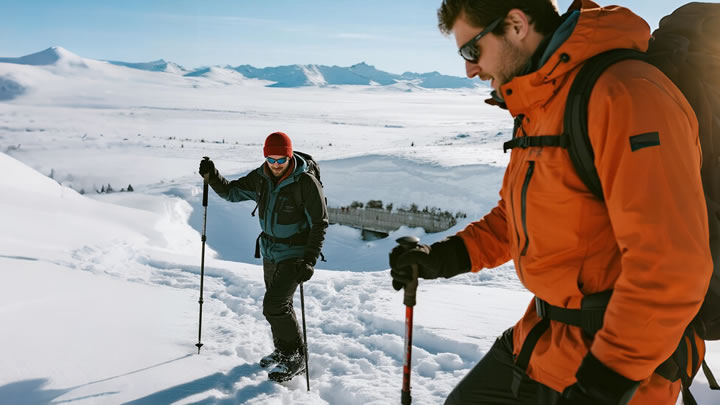Best Poles for Deep Mud and Wetland Trails: A Guide to Staying Stable and Clean
Hiking through wetlands and deep mud presents a unique set of challenges. Each step can be unpredictable, and a standard trekking pole can quickly become a liability, sinking deep and requiring a strenuous pull to retrieve. Choosing the right poles for these conditions isn't just about comfort—it's about safety, efficiency, and preserving your gear. The best poles for deep mud and wetland trails are specifically equipped to provide reliable support without getting stuck, turning a slippery, exhausting ordeal into a confident and enjoyable adventure.

The key differentiator in this environment isn't the pole itself, but its accessories and construction. Let's break down the essential features that separate a good wetland pole from a great one.
The Non-Negotiable Feature: Large Mud Baskets
This is the single most important feature for muddy terrain. Standard trekking baskets are small and designed for packed trails. In deep mud, they act like anchors, allowing the pole to sink to the grip.
- What to Look For: You need large, wide, and often angled mud baskets. These function like snowshoes for your poles, distributing the pressure over a larger surface area. This prevents the pole tip from sinking past the basket, making retrieval a simple, clean lift.
- Angled Design: Some mud baskets feature a slight upward angle. This design helps deflect mud and debris during the retrieval stroke, further reducing resistance and keeping you cleaner.
- Swappability: Ensure the baskets on your chosen poles are easily removable. You'll want to switch back to standard baskets for dry, rocky trails to avoid snagging.
Pole Material: Durability vs. Weight
The constant suction and abrasive nature of mud put a pole's construction to the test.
- Aluminum (7075 or 6061 Alloy): This is the top recommendation for muddy conditions. Aluminum poles are exceptionally resilient to bending and can withstand the significant lateral forces exerted when you're levering a stuck pole out of thick mud. While slightly heavier than carbon fiber, their superior impact resistance is a worthy trade-off.
- Carbon Fiber: While excellent for weight savings on dry trails, carbon fiber is more brittle. A sudden, forceful twist in a root-filled mud pit can lead to a splintered or snapped shaft. If you prioritize carbon for its weight, exercise extreme caution.
Grip and Shaft Design: Managing the Muck
Mud and water mean wet, slippery hands and potential for grit to infiltrate the pole's mechanisms.
- Grip Material: Cork grips are highly recommended as they conform to your hand and provide a secure hold even when wet. Rubber grips also perform well in damp conditions but can cause more friction and hot spots on long hikes.
- Shaft Design: Avoid poles with a significant lip between sections. A streamlined, internal locking mechanism creates a smoother shaft that is less likely to accumulate packed mud, which can prevent the pole from collapsing later.
Locking Mechanism: Security is Paramount
A failing lock in the middle of a muddy bog is more than an inconvenience; it's a safety hazard.
- Flick-Lock / Lever-Lock: This is the preferred mechanism for wet, gritty environments. Flick-locks are less susceptible to performance degradation from mud and water and are much easier to operate and clean with cold, wet hands or gloves.
- Twist-Lock Caution: Twist-lock mechanisms are more prone to failing when fine silt or grit gets inside the mechanism, causing them to slip under pressure or become impossible to adjust.
Tip Design: Finding Purchase
You need a tip that can penetrate surface sludge to find solid ground beneath.
- Carbide Tips: A must-have. These hardened steel tips are extremely durable and provide the best bite on slippery roots, hidden rocks, and the clay bottom beneath the mud.
- Sharp, Replaceable Tips: Ensure the tips are sharp and can be replaced when they eventually wear down from abrasive soil.
Technique Matters
Even the best pole requires proper technique. In deep mud, plant your pole with a firm, deliberate motion, but focus on a vertical or near-vertical placement. Avoid angling it too far forward, as this increases the surface area fighting against the suction during retrieval.
Final Recommendation
For deep mud and wetland trails, your ideal pole is a flick-lock aluminum model equipped with large, swappable mud baskets and a sharp carbide tip. This combination prioritizes durability, security, and functionality over minimal weight, ensuring your poles remain a reliable partner through the muckiest of journeys. By investing in the right features, you can focus on the unique beauty of wetland ecosystems without worrying about your next unstable step.

